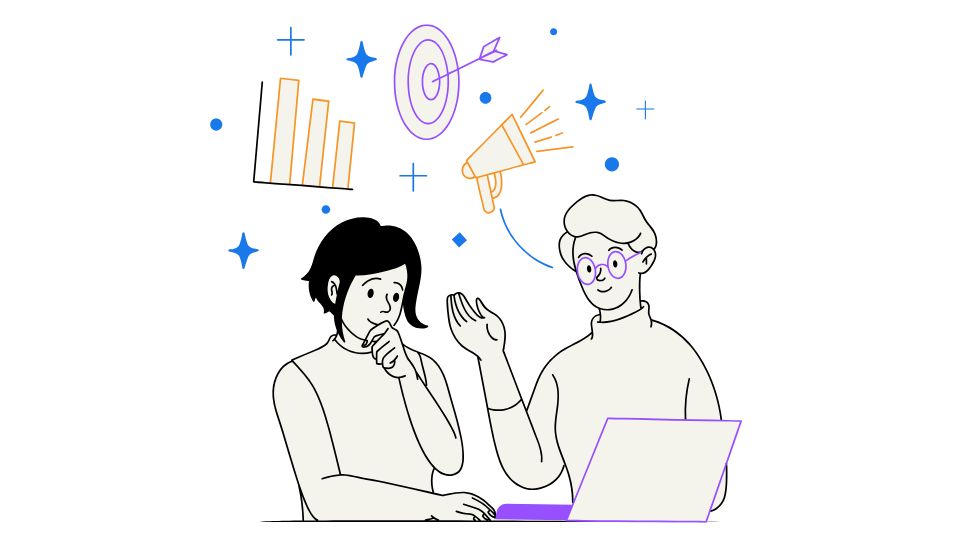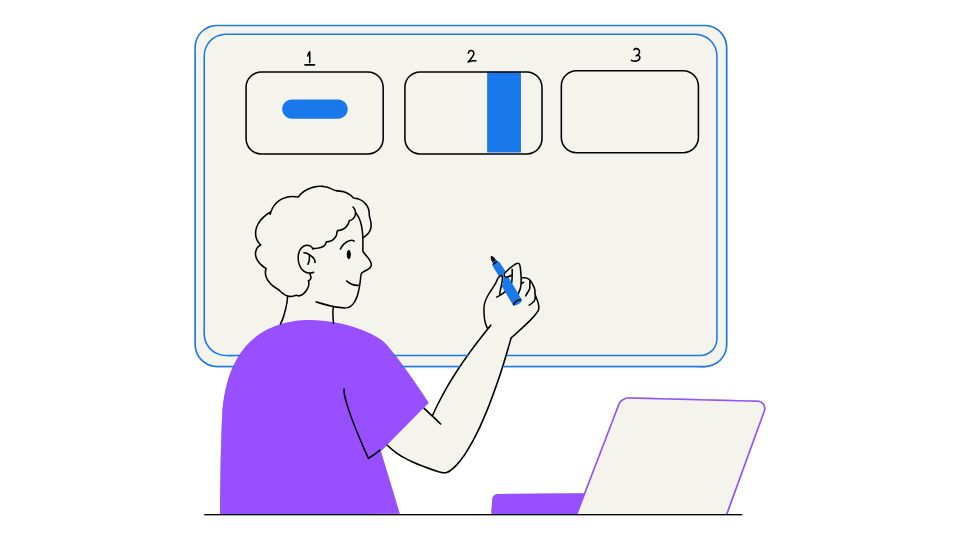Powerful Partnerships Advancing Health Equity Across the U.S.

Health equity partnerships aren’t just a fancy term for people working together – they’re the secret weapon in the fight against healthcare inequality.
These are collaborations between healthcare organizations, community groups, and government agencies who join forces to tackle the real reasons why some communities stay sick while others thrive.
And let me tell you, these partnerships aren’t just nice to have – they’re absolutely essential if we want to create a healthcare system that works for everyone. 💉
What Are Health Equity Partnerships and Why Do They Matter?
Health equity partnerships bring together diverse organizations to address health disparities. Think hospitals joining forces with housing nonprofits, food banks, schools, and government agencies to solve health problems from multiple angles.
Why? Because your zip code predicts your health outcomes better than your genetic code.
The social determinants of health – things like housing, education, food security, and economic stability – account for about 80% of health outcomes, while medical care only contributes about 20%. That’s why we need partners from all these sectors working together.
These partnerships help us:
- Share data and resources (no more operating in silos!)
- Coordinate actions across different sectors
- Amplify impact through collective action
- Build trust with communities who’ve been historically marginalized
Why Traditional Healthcare Approaches Fall Short

Let’s be real: the medical system alone cannot fix health inequities.
- Doctors can prescribe medicine but can’t fix poverty
- Hospitals treat disease but don’t build affordable housing
- Clinics manage diabetes but can’t ensure access to healthy food
- Medical records track illness but miss social factors
The healthcare system is designed to treat sick people, not prevent them from getting sick in the first place. 🤒
As Dr. Bechara Choucair, former Chief Health Officer for Kaiser Permanente says, “We need to move from a sick care system to a health care system, and that requires partners beyond medicine.”
Key Components of Successful Health Equity Partnerships
Want to build a partnership that actually works? Here’s what you need:
1. Community Voice and Leadership
This isn’t just a nice-to-have – it’s absolutely critical. 🔑
The people experiencing health inequities must be at the decision-making table. Full stop.
“Nothing about us without us” isn’t just a catchy phrase – it’s the foundation of successful partnerships. Community members know what they need better than any outside expert ever will.
Research consistently shows that community-led initiatives have better outcomes and sustainability than top-down approaches.
2. Shared Data and Metrics
You can’t improve what you don’t measure, folks! 📊
Effective partnerships:
- Use data to identify priority areas
- Share information across sectors
- Track progress with agreed-upon metrics
- Disaggregate data by race, ethnicity, and geography to spot disparities
When partners speak the same data language, they can target resources where they’re most needed and hold each other accountable.
3. Sustainable Funding Models
Let’s talk money 💰 – because good intentions don’t pay the bills.
Too many health equity initiatives fizzle out when grant funding ends. Successful partnerships develop diversified funding streams:
- Braided funding from multiple sectors
- Value-based payment models that reward equity outcomes
- Community benefit dollars from hospitals
- Social impact investments
- Public-private partnerships
Remember: equity work isn’t a project – it’s a permanent commitment that requires sustained investment.
4. Policy and Systems Change Focus
Band-aids don’t fix bullet holes, and one-off programs don’t fix systemic inequities.
Effective partnerships aim to change the systems that create and maintain health disparities in the first place.
This means:
- Advocating for policy changes at local, state, and federal levels
- Reforming institutional practices
- Addressing power imbalances
- Changing resource allocation patterns
Real-World Examples That Actually Work

Let’s move from theory to practice with some partnerships that are crushing it:
West Side United (Chicago)
This coalition brings together hospitals, community organizations, businesses, and residents to address the 16-year life expectancy gap between Chicago’s West Side and downtown.
Their approach:
- Pooling hospital resources for community investment
- Funding local businesses and affordable housing
- Creating workforce pipelines for community residents
- Addressing social determinants comprehensively
The result? Early wins include $6.5 million invested in neighborhood businesses, 500+ community members in workforce programs, and coordinated COVID-19 response efforts.
Health Leads’ Social Needs Networks
Health Leads works with healthcare systems to build networks that address patients’ social needs – like food, housing, and transportation.
Their Boston-based model shows how clinical sites can partner with community organizations to create seamless referral systems, share resources, and track outcomes across sectors.
What makes it work:
- Standardized screening for social needs
- Unified resource database
- Shared technology platform
- Collaborative learning community
CDC’s REACH Program
The Racial and Ethnic Approaches to Community Health (REACH) program funds partnerships in communities with health disparities.
In Philadelphia, their partnership reduced Black-white disparities in colorectal cancer screening by 74% through community health worker programs, provider training, and policy change.
What sets REACH apart is its long-term commitment and community-centered approach – some sites have been funded for over a decade, allowing for deep relationship building and sustainable change.
Common Challenges (And How to Overcome Them)
Let’s not sugarcoat it – health equity partnerships face some serious hurdles:
Trust Issues 😬
Communities that have been historically marginalized often (rightfully) distrust healthcare and government institutions.
Solution: Build trust through:
- Hiring from within the community
- Compensating community members for their expertise
- Following through on promises
- Practicing cultural humility
- Being transparent about mistakes
Power Imbalances ⚖️
Let’s be real – hospitals and health systems have more money, staff, and influence than community organizations.
Solution:
- Create governance structures that balance power
- Share decision-making authority
- Transfer resources to community organizations
- Value lived experience equally to professional credentials
Competing Priorities and Timelines ⏰
Healthcare systems want quick wins and ROI. Communities need long-term investment. How do you bridge that gap?
Solution:
- Define both short and long-term goals
- Celebrate quick wins while maintaining focus on systems change
- Be explicit about different timelines and expectations
- Create shared accountability for both immediate outcomes and long-term transformation
The Future of Health Equity Partnerships

The COVID-19 pandemic brutally exposed the depth of health inequities in our society. But it also catalyzed unprecedented collaboration across sectors.
The future of health equity partnerships will likely include:
Digital Equity and Telehealth Integration
As healthcare moves online, partnerships must ensure that digital solutions don’t widen existing gaps.
Smart collaborations are already:
- Providing devices and internet access
- Offering digital literacy training
- Creating culturally responsive telehealth options
- Ensuring digital tools meet accessibility standards
Climate Justice Integration
Climate change is a health equity issue, folks. 🌍
Forward-thinking partnerships are connecting environmental justice with health equity through:
- Heat island mitigation in low-income neighborhoods
- Green infrastructure development
- Emergency preparedness for climate disasters
- Advocacy for policies that address environmental racism
Policy-Practice Feedback Loops
The most effective partnerships connect on-the-ground practice with policy change.
This means:
- Using community experiences to inform policy proposals
- Translating policy wins into implementation at the local level
- Building advocacy capacity among healthcare and community partners
- Creating data feedback loops that show policy impacts
In Conclusion: Partnership Is Not Optional
If we’re serious about health equity, partnership isn’t just nice – it’s necessary.
No single organization has all the answers, resources, or relationships needed to address complex health inequities. Only by working across sectors, centering community wisdom, and addressing root causes can we create meaningful change.
The good news? We have models that work. The even better news? More organizations are recognizing that their own success depends on the health and wellbeing of the communities they serve.
The question isn’t whether we need health equity partnerships – it’s whether we have the courage, commitment, and creativity to build them right. 💪

